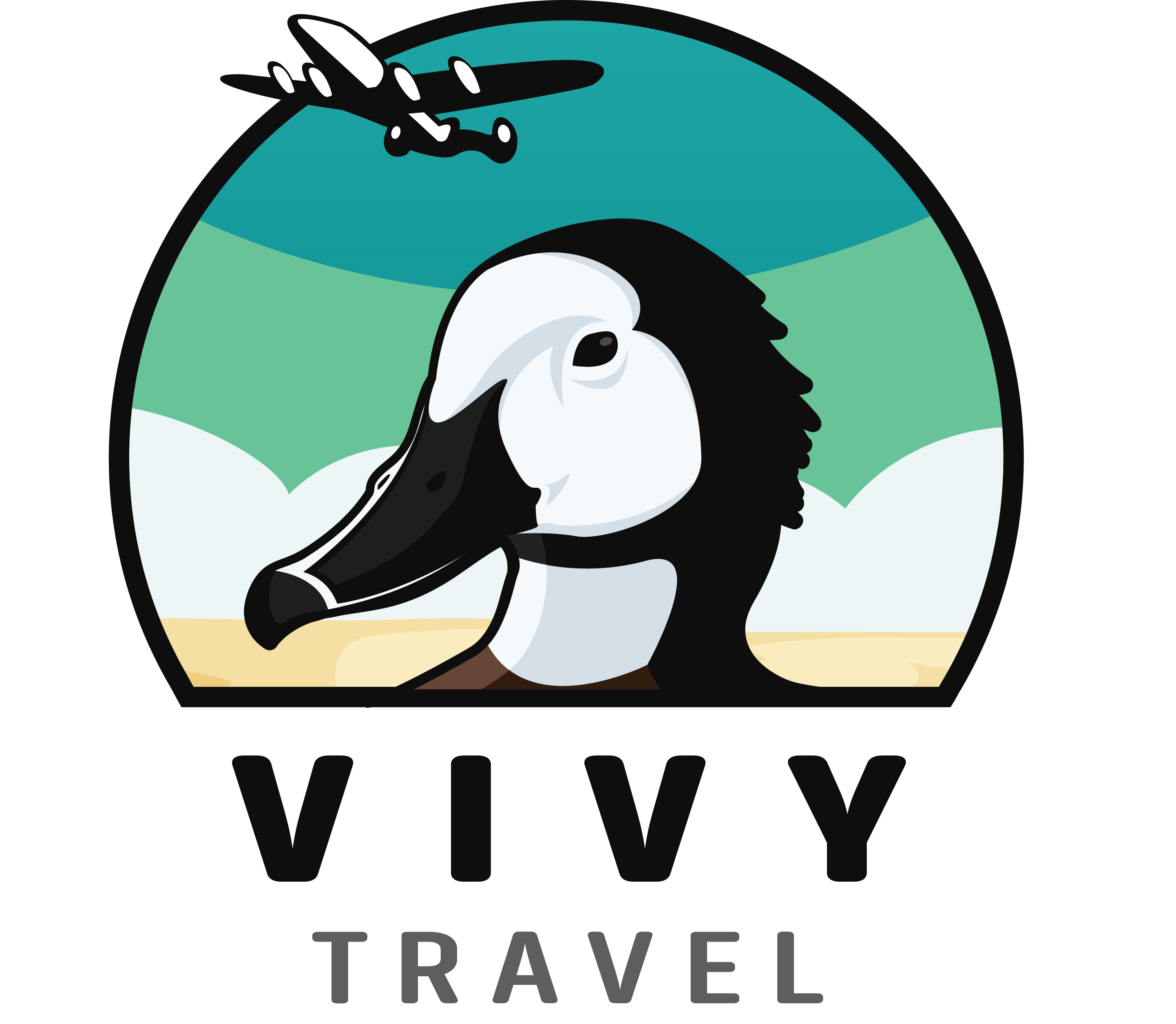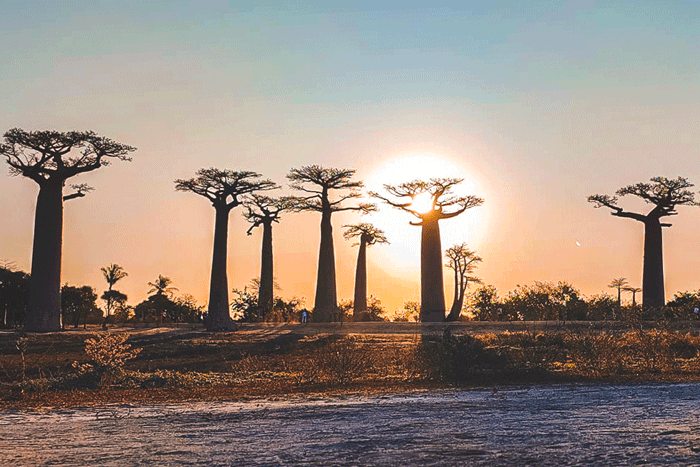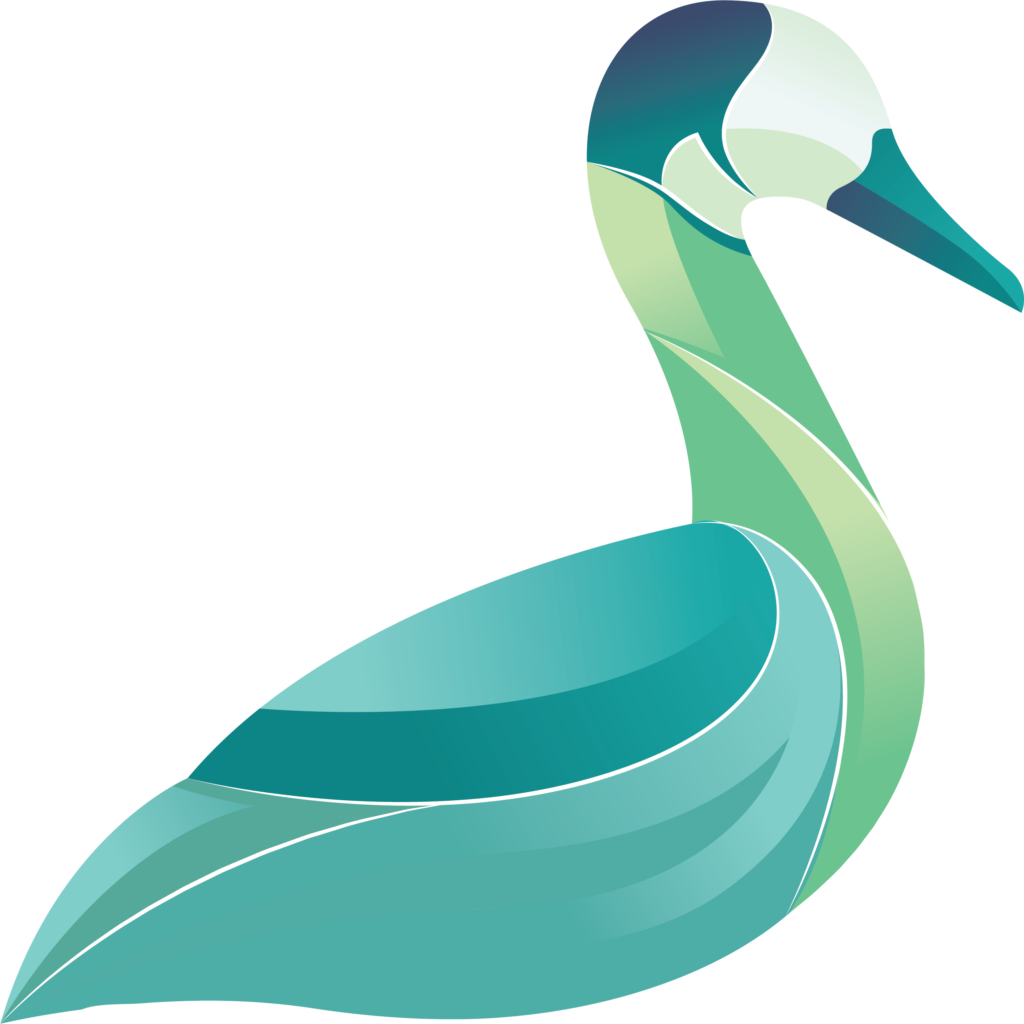The ultimate travel guide for Nosy Be Madagascar
The island of Nosy Be in Madagascar, often featured in videos and adverts about Madagascar, is the main tourist destination on the island. This archipelago is renowned for its ylang-ylang production, nautical activities and guided tours for naturalists. Nosy Be is a tranquil escape with a warm climate all year round, perfect for relaxation and adventure. With coral reefs rich in marine life and rainforests home to rare species, Nosy Be is a tropical paradise. Its welcoming community and diverse cultural influences make it a perfect destination for those seeking an authentic experience.
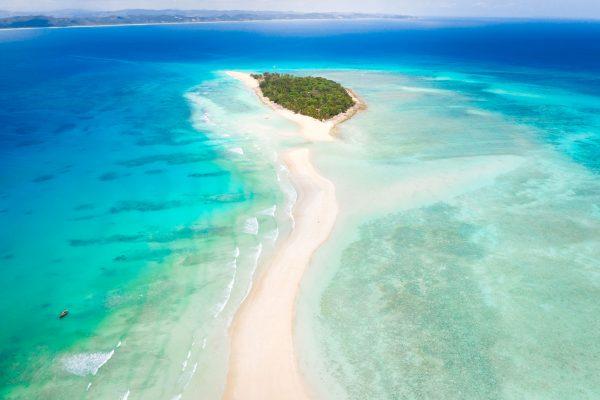
Best times to visit
The best time to visit Nosy Be is during the dry season (which generally applies to all destinations in Madagascar), from May to October, when the weather is cooler and less humid. This is the best time for outdoor activities and exploring the island’s land and marine reserves. For those who like to get their groove on, the annual Donia music festival, held in late May or early June, is a highlight, showcasing local music, dance and culture through a variety of performances and carnivals. For those interested in marine life, the whale shark season from September to December is a marvellous way to snorkel with these gentle giants.
How to get there
Nosy Be is easily accessible, with international flights arriving directly at Fascene International Airport from certain destinations or via Antananarivo, the capital of Madagascar. From there, frequent domestic flights serve Nosy Be. Alternatively, adventurous travellers can opt for a 4×4 trip lasting several days from Antananarivo or Diego-Suarez to Ankify, followed by a ferry crossing from the Mozambique Channel. On arrival, taxis and rental services are available to explore the island or transfer you to your hotel. It is advisable to arrange airport transfers with your accommodation in advance to ensure a smoother start to your trip.
Where to stay
There is a wide range of accommodation options to suit all tastes and budgets. Luxury seekers will be pleased with upmarket resorts such as Andilana Beach Resort and Ravintsara Wellness Hotel, which are recommended for their exceptional beachfront location and service. Intermediate options include charming bungalows and villas offering a more intimate experience of island life. For those on a budget, guest houses and youth hostels provide comfortable accommodation at affordable rates. Consider staying in Ambatoloaka for its lively nightlife or opt for Hell-Ville for a taste of local culture and history. Eco-lodges, nestled in the heart of nature, offer a unique opportunity to connect with the island’s serene environment and are perfect for eco-conscious travellers.
Things to do
Nosy Be is a playground for water sports enthusiasts and adventure seekers. Diving and snorkelling in the crystal-clear waters reveal stunning coral reefs and diverse marine life. The Nosy Tanikely marine reserve is a must for underwater exploration. On land, explore the Lokobe reserve to observe lemurs and other endemic animals. Climbing fans can scale the crater of Mont Passot for panoramic views over the whole island of Nosy Be, particularly mesmerising at sunset. Cultural experiences abound, from visiting the sacred lakes to exploring the ylang-ylang plantations, which are integral to the island’s economy and culture. Engage with local artisans at the Hell-Ville markets, where you can find handcrafted goods and souvenirs. For a truly immersive experience, join a local cooking class to learn about Malagasy cuisine or take part in a traditional music and dance workshop.
Local Cuisine
Nosy Be cuisine is a delectable mixture of Malagasy, French and Creole influences, with seafood playing a starring role. Tasty dishes such as romazava (beef stew) and varanga (fried bananas) are local favourites. Street food stalls and markets are excellent places to try mofo gasy (Malagasy bread) and fresh tropical fruit. Seafood lovers will relish the fresh catches served in the seaside restaurants, offering everything from grilled fish to lobster. Don’t forget to try rhum arrangé, a local rum infused with fruit or spices, reflecting the exciting flavours of the island.
Cultural overviews
The cultural tapestry of Nosy Be is woven from a rich history of indigenous Malagasy traditions and influences from African, Arab and French settlers. Respect for ancestors and nature is deeply rooted in local customs. Visitors are encouraged to engage respectfully with the community, understanding the importance of fady (taboos) and participating in local customs. Learning a few phrases in Malagasy or French can greatly help you in your interactions. The warm hospitality of the people of Nosy Be, combined with their traditional music and dance, offers a glimpse into the soul of the island, making your travel experience truly unforgettable.
Meet the locals
The cultural richness of Nosy Be is also revealed through its villagers. Visiting villages such as Dzamandzar shows locals producing sugar cane and making rum, a legacy of colonial plantations. Local markets, such as Hell-Ville, are colourful places where you can experience the daily life of the locals, sample street food and buy handicrafts and spices. You can also take part in a traditional ceremony or attend a music and dance performance, showing a glimpse of the community spirit and joie de vivre of the Malagasy people.
Water adventures
In addition to diving and snorkelling, you can enjoy sea kayaking, deep-sea fishing and stand-up paddling. The more adventurous can explore the underwater wrecks around the island, silent witnesses to a turbulent maritime past. Sunset cruises or catamaran trips to neighbouring islands offer unforgettable moments of relaxation, lulled by the sea breeze and the glistening water.
Travel advice
Before travelling to Nosy Be, make sure you have all the necessary vaccinations and travel insurance. The local currency is the Malagasy Ariary, and although some places accept credit cards, cash is king, especially in small establishments and markets. English is spoken in tourist areas, but French and Malagasy are more widely used. Be careful with your belongings in crowded areas and respect local customs and wildlife. Eco-friendly practices are encouraged to preserve the island's natural beauty for future generations. Although Nosy Be is reputed to be safe, remain vigilant, especially at night, and opt for organised or accompanied travel. Although the sun is one of the island's attractions, protect yourself from sunburn and dehydration, especially on excursions. Finally, don't hesitate to get off the beaten track: Nosy Be is full of secret spots and enriching encounters just waiting to be discovered.
Need assistance?
Do not hesitate to contact our Madagascar specialists

Lemurs Meeting
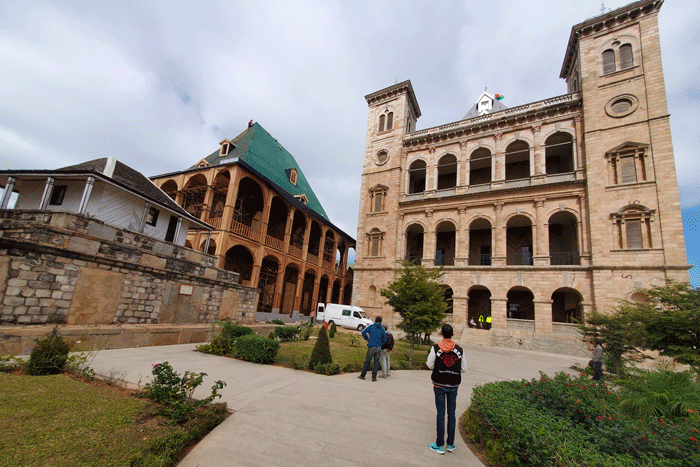
Antananarivo day tour
Other travel guides that may help you

Whale watching
One of the island’s most emblematic phenomena, blending nature and culture.

Madagascar's carnivores
Madagascar, an island renowned for its biodiversity, is home to an exceptional variety of carnivores.

Madagascar's lemurs
Lemurs are primates found only in Madagascar. They are distinguished by their large, expressive eyes.
